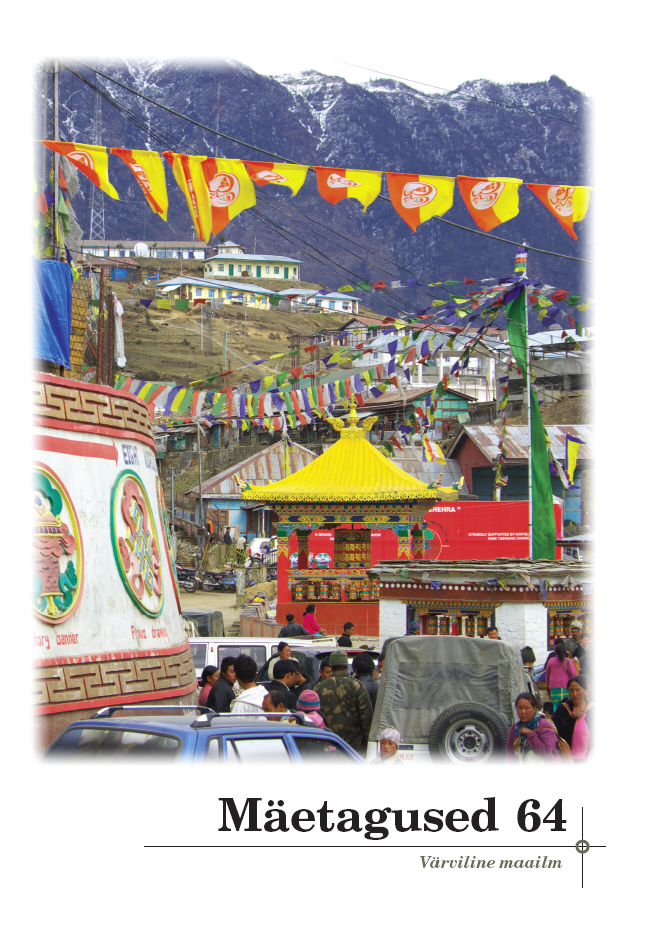Punane regilaulus: sõnad ja vormelid
‘Red’: Colour term and formulaic poetic language
Author(s): Tiiu JaagoSubject(s): Customs / Folklore, Cultural Anthropology / Ethnology, Culture and social structure
Published by: Eesti Kirjandusmuuseum
Keywords: colour terms; Estonian old folk song regilaul; formula; red
Summary/Abstract: In this article the occurrence of the colour term ‘red’ is studied comparatively in the regilaul of two Estonian counties. Earlier studies on colour terms in the Estonian regilaul have shown that colour terms are rarely found in songs. At the same time, they are conspicuous in set phrases, forming formulae, fixed lexical combinations characteristic of the regilaul tradition. The analysis of the songs studied in this article is based on the formulaic concept (i.e. the premise that colour terms are found in set lexical phrases). In interpreting colour term-containing motifs and related topics, this article draws on context-centred folklore research (i.e. the premise that the meaning of neither the formulae nor the colour terms is autonomous, independent of their context of use). A formula containing a colour term does not carry an unambiguous meaning. It is not possible to say, for example, what evaluation the modifier ‘red’ involves in such compounds as ‘pale punane’ (red countenance), ‘punane põõsas’ (red bush), ‘proua punane’ (red lady). However, it reveals that on the motif level these formulae carry a certain meaning: in the praise of the bride or the groom in wedding songs, the ’pale punane’ (red countenance) refers to health and youth, while in the ’indifferent maiden’ motif it refers to the angry disposition of the maiden. Partly, the meanings of ‘red’ become evident thanks to its parallel words (ilus / punane – handsome / red), while on the motif level it appears when the word is used to praise or warn against a character (ilus mees on ihusööja – punane aga verejooja (the handsome husband is a flesh-eater, the red one a blood-drinker): such a young man is not recommended to the girl, as working in the man’s house would ruin her health). It is characteristic that ‘red’ tends to be related with the topic of courting and wedding. When the parallel word of ‘red’ is ‘blue’ (e.g. Minu hella emakene, / siruta see sinine lõnga, / poeta punane paela, / tõmba minu taevasse (Dear mother, / stretch out the blue yarn, / drop down the red ribbon, / pull me up to the heaven)), it remarkably often describes a border situation, either in the social (wedding, death) or natural environment (morning, evening). In summary, it can be said that lexical phrases or formulae that contain colour terms can vary widely. However, the thematic context of using formulae that contain colour terms is considerably stable.
Journal: Mäetagused. Hüperajakiri
- Issue Year: 2016
- Issue No: 64
- Page Range: 9-34
- Page Count: 26
- Language: Estonian

